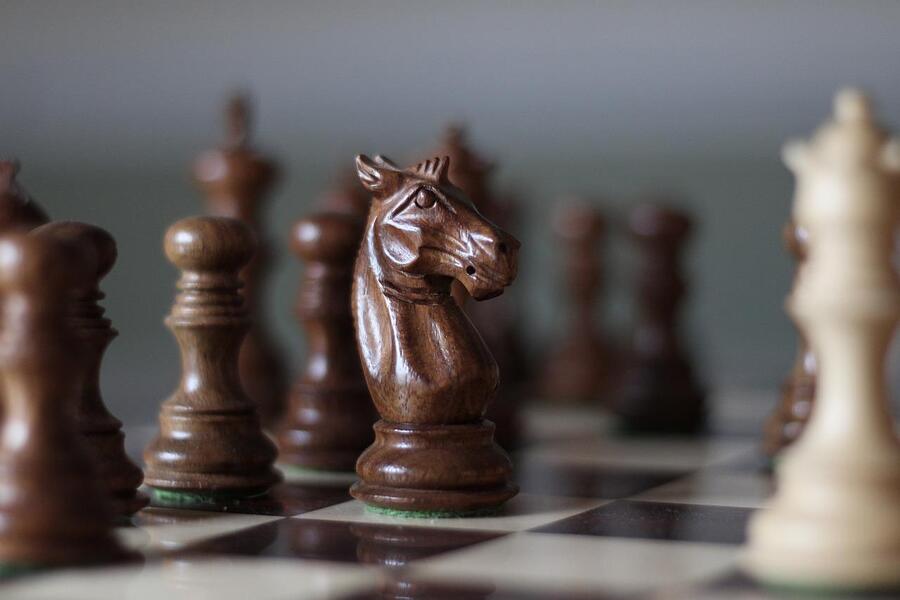Chess Rules & Instructions
Chess Knight: How To Move And Use Knights Effectively
In chess, knight movements are properly the most complicated thing to learn in compared to other pieces. However, once you know how the knight moves, you can use it to deliver powerful attacks that may break your opponent’s defense in the most surprising way due to its unusual movements.
Table of Contents
Knight In Chess
On a luxury chess board, the knight is located on the first rank, between the rook and the bishop. There are total of 4 knights, 2 white and 2 black.
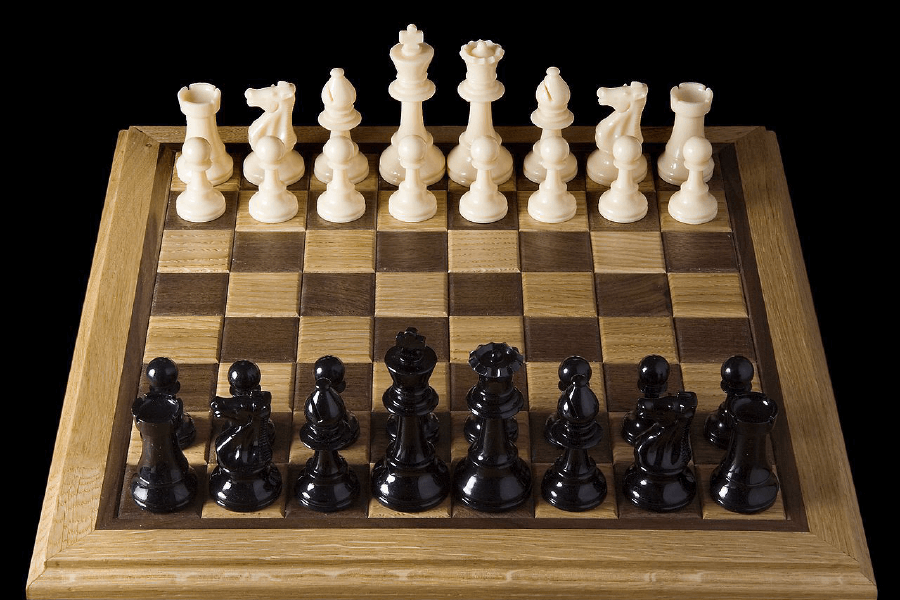
To be honest, the knight is not the most powerful piece in a chess game. It is only worth 3 points (more than a pawn, equal to a bishop, and fewer than a rook or a queen). Despite that, the intimidating effect that it brings may be troublesome to many players.
How The Knight Moves In Chess
The knight has the most unique moving pattern in chess. It goes vertically or horizontally with 1 or 2 squares and then moves perpendicularly to 2 or 1 more square. To be more specific, it delivers an L shape in every direction, except diagonally.
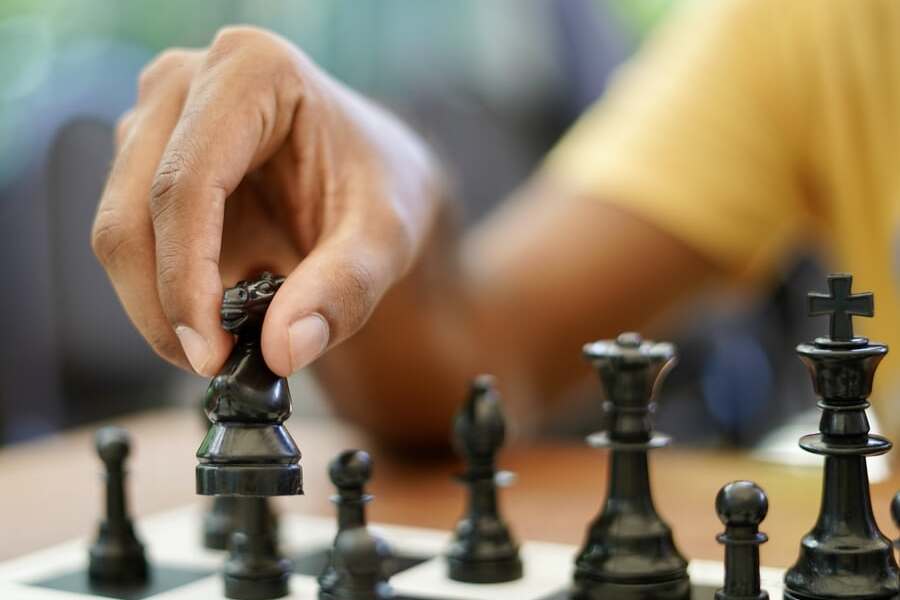
The reasons why knights are such special pieces lie in 2 facts:
- First, it is the only piece that can move anywhere in an L shape without having to worry if there are other pieces blocking the way.
- Secondly, after every turn of the knight, it always moves from one square to the opposite-colored square.
“With exceptional movement comes exceptional ability” is how we describe the knight. Why? Because you can gain an extensive advantage over your opponent with a single knight by making use of its special power, such as smothered mate or fork.
The Knight’s Special Ability
Smothered Mate
Smothered mate is a situation when a king becomes checkmated while it is primarily (or entirely) encircled by its own pieces. How come this happens? Well, almost every chess player assists their king while it is under attack with one of their own pieces. However, this may make the king stuck and unable to move out of that position, because all the ways to escape have been blocked.

The knight – considered one of the sneakiest pieces in chess – may deliver a deadly smothered mate that ends an entire game. Therefore, to defend against it, you need to constantly look out for any knight near your king!
Knight Fork
A fork is one of the fundamental chess strategies in which a single piece simultaneously attacks two or more other pieces. The forking piece is the assaulting piece, and the forked pieces represent the troops that are being assaulted.
Every piece is capable of delivering a fork, but a knight’s forks are the most impressive. A forking knight cannot be captured by the pieces it is threatening because of the peculiar manner it moves. It can nearly always be traded off with no limitations because it is not worth many points (only 3 points).
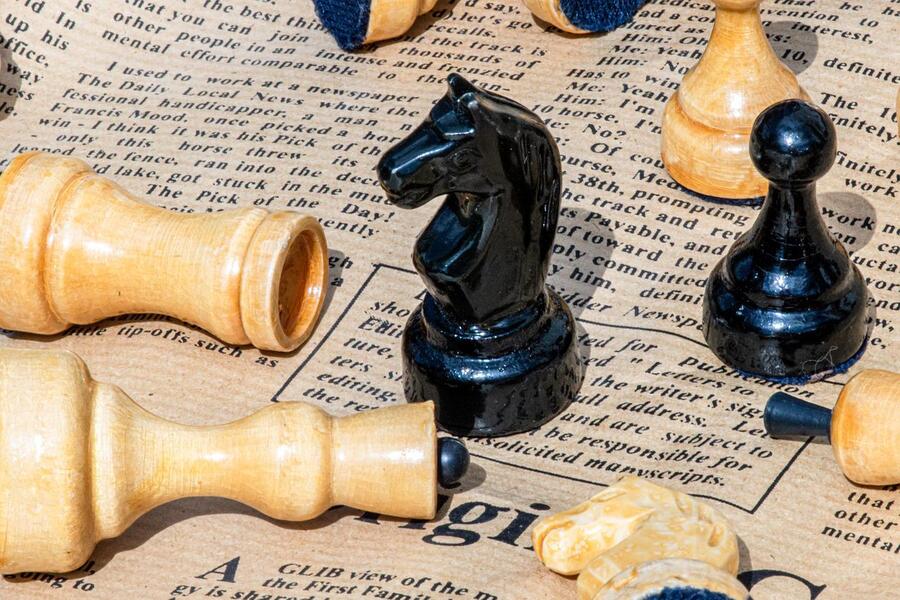
Forks that are forceful are the most lethal. Those forks often include an assault on the opposing king and pose an unavoidable danger. The player must move the king out of check and accept losing the remaining piece to his/her opponent.
How To Use Knight Effectively In Chess
Using Knight Tip #1 – Control The Center Of The Chess Board
Knights have a restricted range of moves and can only travel three spaces at a time, unlike bishops or rooks, which may go all the way to the other side of the board in one round. As a result, knights are most useful when they are in the middle of the board since this location increases the number of viable moves for a knight. A knight placed in the middle of the board may attack eight squares, but a knight placed on the edge can only attack three or four. Meanwhile, a knight in the corner has just two options for movement.

Using Knight Tip #2 – Move The Knights Early
When playing chess, many players like developing their knights early in the game. The only piece in the game that may be produced before your own pawns is the knight. The opening move of the game might be a white knight move. You may take early control of the middle of the board by developing your knight. Queen or rook movements often come after a knight move. In other words, the knight is the primary piece of a chess game.

Using Knight Tip #3 – Look For Outposts
The middle of the board is where knights are most useful, but it’s also where they are so vulnerable to attacks from your opponent’s pieces. It is advantageous to search for centrally located places on the board that are difficult for your opponent’s pawns to assault. “Outposts” are these strong center squares that are not immediately challenged by the rival’s pieces. Great knight outposts are frequently found in the gaps in your opponent’s pawn structure. Possessing a powerful outpost might hinder your adversary’s advancement and serve as a crucial element in a future attack on the king.

Using Knight Tip #4 – Pay Attention To Traps
Knights are particularly susceptible to traps since they are restricted to a set amount of movements. A knight must shift to a dark square if it is currently on a light square. In such case, a knight would be particularly vulnerable to a bishop on a dark square limiting the number of squares a knight could possibly occupy, which may result in the knight being captured by a pawn later on.
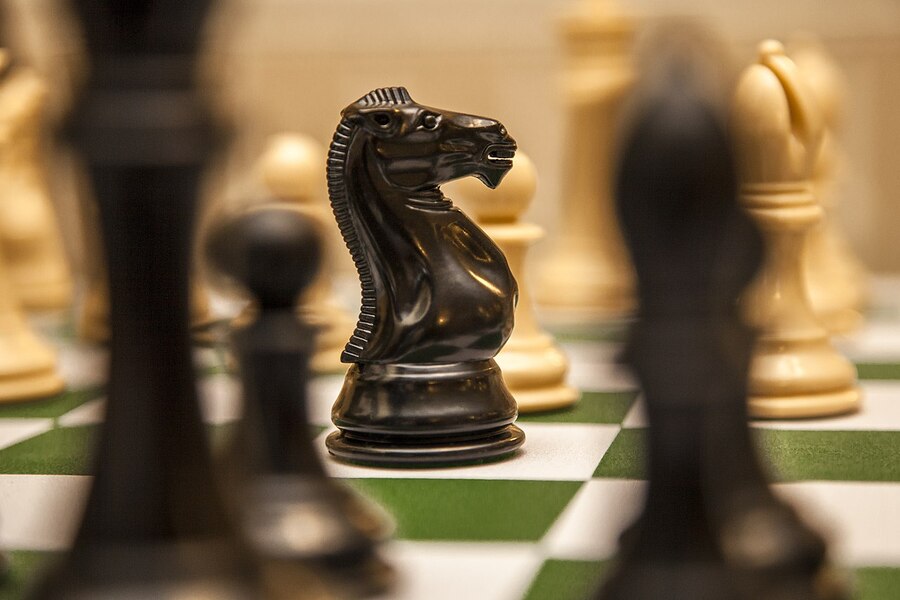
Using Knight Tip #5 – Make Use Of Forks
Due to their distinctive mobility, knights are particularly well-suited to perform a fork, as mentioned before. For instance, even though the white king and queen are far apart from one another, you may still assault both of them simultaneously if you are in possession of a black knight. In that case, your opponent must sacrifice his/her queen in order to save the king.
